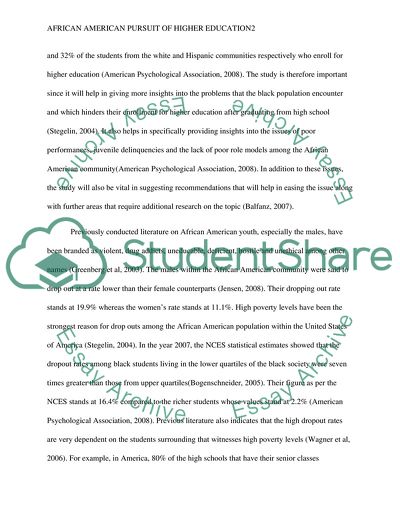Cite this document
(“African American Pursuit Of Higher Education Research Proposal”, n.d.)
African American Pursuit Of Higher Education Research Proposal. Retrieved from https://studentshare.org/sociology/1594719-african-american-pursuit-of-higher-education
African American Pursuit Of Higher Education Research Proposal. Retrieved from https://studentshare.org/sociology/1594719-african-american-pursuit-of-higher-education
(African American Pursuit Of Higher Education Research Proposal)
African American Pursuit Of Higher Education Research Proposal. https://studentshare.org/sociology/1594719-african-american-pursuit-of-higher-education.
African American Pursuit Of Higher Education Research Proposal. https://studentshare.org/sociology/1594719-african-american-pursuit-of-higher-education.
“African American Pursuit Of Higher Education Research Proposal”, n.d. https://studentshare.org/sociology/1594719-african-american-pursuit-of-higher-education.


